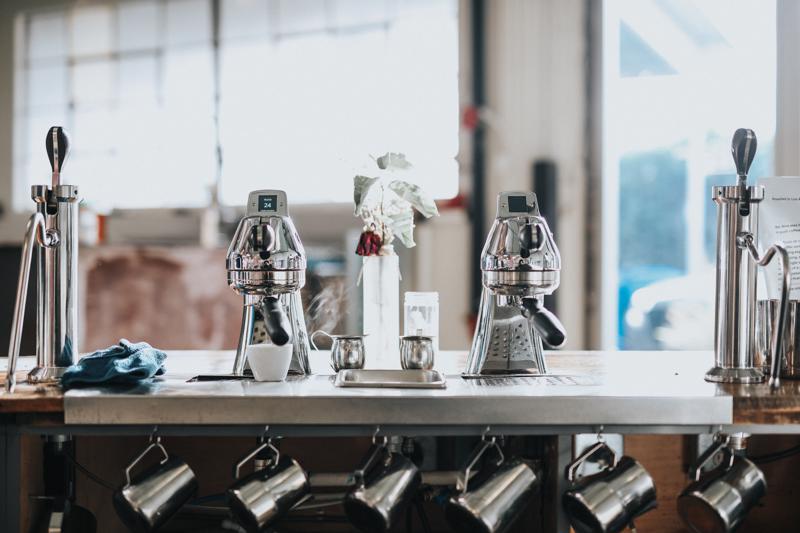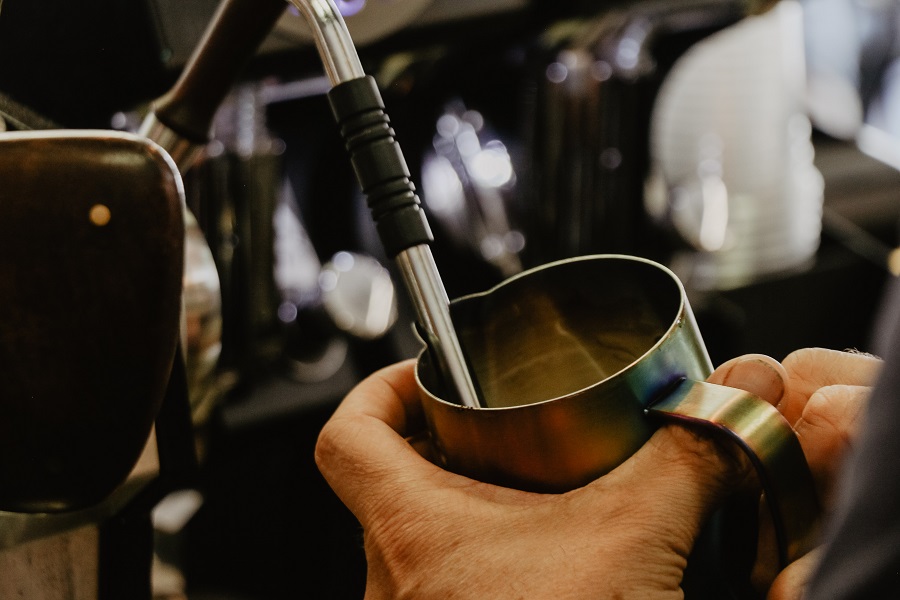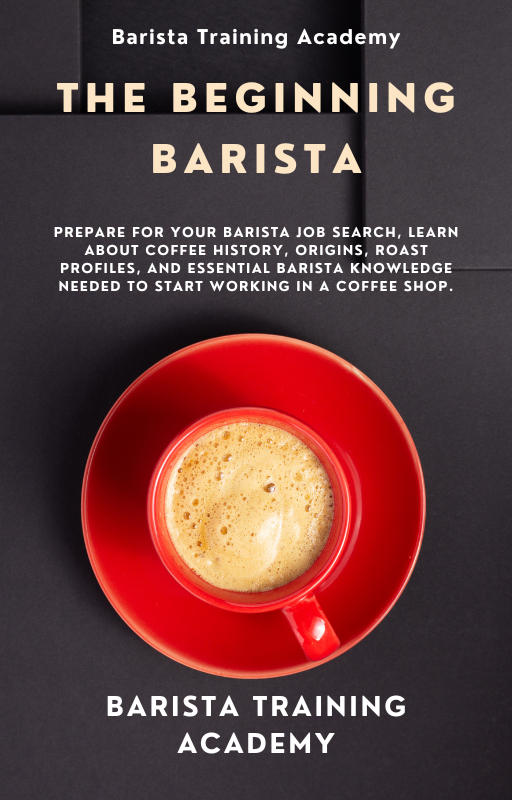Barista Coffee Skills
How to Steam Your Milk
In this online barista training post, we will talk about milk steaming. As a barista, working with milk will be on par with working with coffee. There are plenty of drinks that you can make by steaming milk that you'll soon be learning.
Milk frothing is probably the most challenging part of every barista training. You will need to consider many variables simultaneously: pitcher size, steam wand position, steam pressure, pitcher and milk temperature, and milk texturing. All this might sound intimidating. But, don't worry, once you get the hang of it, you'll be fine. Milk steaming is the key to delicious cappuccinos and beautiful latte art.
Steaming your milk is the second most important skill for a barista after espresso extraction. That's why it's essential to master your milk steaming technique to move forward in your barista career. Perfecting your milk steaming will allow you to pour different latte art patterns and maybe even take to a barista championship!

Barista Skills: Milk Steaming Technique
Barista Training Tip 1: Only steam as much milk as you need
A good steaming pitcher should be made of stainless steel. It should also have a handle and a prominent spout. While the pitcher should be big enough, it shouldn't be too big. Use a pitcher that can hold about twice the amount of milk you are steaming. You want to steam only that amount of milk that you will use to build one or two drinks.
Pour your milk into your steaming pitcher to an inch above the indention of the spout. You may decide to pore slightly more or less milk, but whichever point you choose, remain consistent with it.

Barista training tip 2: Clean your steam wand every time you steam milk
Right before you start steaming, purge your steam wand by turning the valve on your espresso machine. This means opening and closing the valve (or a handle) to let out a spurt of hot water.
It would help if you did this every time before and after steaming your milk. Why is this important? By purging and wiping the steam wand, you prevent milk and milk bacteria from entering the espresso machine system. Of course, espresso machine maintenance is one of the primary barista responsibilities, and we'll talk about it more in our upcoming articles.
My heart breaks every time I walk into a cafe, and the steam wand has a gross crust from the milk that is baked on the wand. Know that a poorly cleaned steam wand is a true sign of a below-average cafe.
Further Reading: Requirements to Be a Barista

Barista Training Tip 3: Turn off the steam when the pitcher becomes too hot to touch
Spinning or aerating the milk at the right angle is the primary skill here. Hold your steel pitcher in a manner that allows you to feel and be sensitive to the temperature. Gently slip the tip of your wand below the surface of the chilled milk about 3/4 of an inch or so. With your other hand, open the steam valve, allowing the steam to push out the milk. This process will enable bubbles to be pushed into the milk. When the steel pitcher becomes a bit too hot to touch, it's time to turn off the steam.
Swirl a pitcher with hot milk several times to see a glossy and polished milk surface. Your goal here is to create silky smooth milk. It is easy to swallow and creates a taste of sweet sophistication.
Conclusion:
Steaming milk is an essential part of building drinks. With a little knowledge and a little practice, you'll be sure to master this still. Dialing in your espresso shot, steaming milk, pouring latte, and serving a delicious cup of coffee is all a part of the business. It's fun too!

Brought to you by Barista Training Academy, “The Beginning Barista,” Your Ultimate Prep Guide to Getting Your First Job as a Barista” is an ultimate resource available online and affordable for anybody looking to start a career in the coffee industry. For more information, visit our blog.
